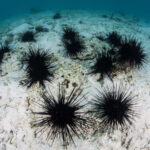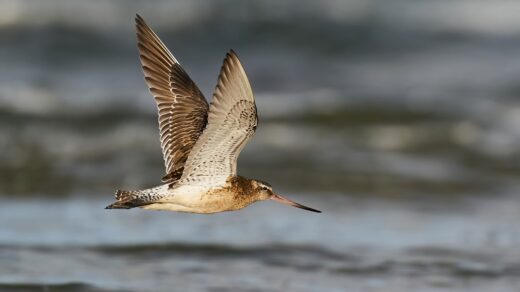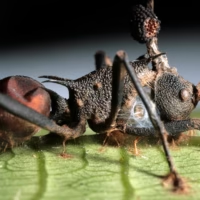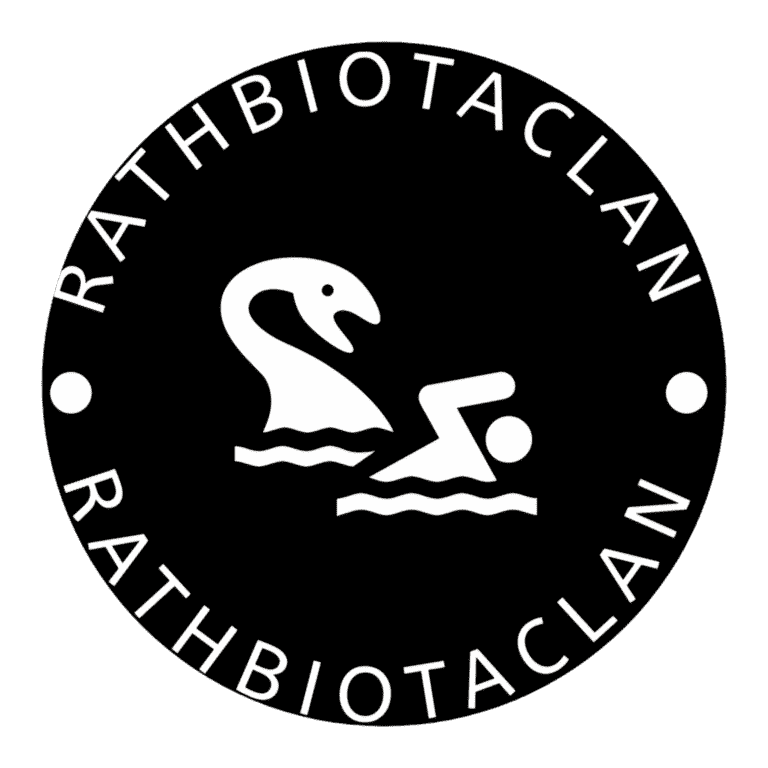The study investigated the intricate relationship between the estrous cycle in female guinea pigs and sex differences on stress responses, particularly focusing on the hypothalamic-pituitary-adrenal (HPA)-axis activity and cortisol concentrations. Existing research on sex differences in HPA-axis functions in guinea pigs has been limited and inconclusive, despite females generally exhibiting higher HPA-axis activity and glucocorticoid levels during preovulatory phases compared to other cycle phases and males. The domestic guinea pig is considered an interesting and relevant model species for this research due to its 16-day estrous cycle, which includes an active luteal phase with prolonged progesterone production, mirroring key aspects of the human reproductive cycle more closely than commonly used rodents like rats.
Hypothesis and Methodology
The researchers hypothesized that basal cortisol concentrations would be highest in female guinea pigs during the estrus phase, and that stress responses would be influenced by these baseline cortisol levels, thereby varying by sex and cycle phase. To test this, 16 female and 16 male adult guinea pigs, ranging from 0.5 to 2.5 years old, were subjected to a 1-hour social separation stressor in a novel open-field environment.
Females were tested repeatedly across two consecutive estrous cycles (during both diestrus and estrus), totaling four tests per female, while males were tested twice at comparable intervals. This repeated testing aimed to assess the robustness of any observed effects and potential habituation. Cycle phases were determined by daily visual inspection of vaginal membranes, which perforate during estrus, and by monitoring associated bodyweight changes, as bodyweight typically decreases before estrus. Saliva samples were collected before and after the stress test to measure cortisol, and fecal samples were taken from females for estrogen and progesterone metabolite analysis.

Credit: Spanish explorers brought guinea pigs back from the New World to Europe, where they were kept as unfamiliar pets. (Miroslav Hlavko, Shutterstock)
Cortisol Levels and Stress Response Differences
The study revealed several key findings regarding cortisol levels and stress responses. Basal saliva cortisol concentrations were significantly higher in females during estrus compared to both diestrus and males, with no significant difference observed between females in diestrus and males. This aligns with previous understanding that increased estrogen levels during estrus stimulate HPA-axis function.
In response to the 1-hour social separation stressor, all groups showed an increase in cortisol. However, the cortisol increase was strongest in females during diestrus, followed by males, and was smallest in females during estrus. Consequently, females in diestrus had significantly higher post-stress cortisol concentrations compared to males. Both the relative cortisol response (fold-change) and the net cortisol response (Area Under the Curve, AUC) were significantly lower in females during estrus compared to diestrus and males. This blunted stress response during estrus, despite higher baseline cortisol, might be due to already elevated glucocorticoid concentrations limiting further HPA-axis activation, or potentially a negative energy balance during this phase.
Hormonal Shifts and Bodyweight Changes
Furthermore, the study confirmed that females in estrus experienced a significant decrease in bodyweight compared to diestrus, and males generally maintained the highest bodyweight. Fecal estrogen metabolite concentrations were notably higher during estrus than diestrus, validating the accurate detection of the estrus phase.
The researchers also found that the observed effects of the estrous cycle and sex on cortisol concentrations and stress responses were highly robust across repeated testing and individual age (0.5–2.5 years), indicating that there was no habituation to the stressor or age-dependency of these main effects. While the main effects were stable, older guinea pigs generally exhibited a lower relative cortisol response, and bodyweight increased with age, with females showing a stronger gain than males.
Conclusion: A Model for Human-Relevant Stress Research
In conclusion, this research unequivocally demonstrates that the estrous cycle significantly impacts baseline cortisol levels and stress responses in female guinea pigs, creating distinct sex differences that are dependent on the specific cycle phase. The authors suggest that guinea pigs, given the similarities of their 16-day estrous cycle to humans, serve as an excellent model species for deciphering the complex interplay of sex hormones on HPA-axis activity and other physiological processes. These findings underscore the critical importance of considering both sex and the female estrous cycle in future biomedical, physiological, and behavioral research to develop more human-relevant conclusions and therapeutic strategies.
Read Trends:
- Mackerel Filter Traps 99% of Microplastics Before They Hit Your Drain
- Fetal Microchimerism: How a Baby’s Cells Stay With the Mother for Decades to Repair and Protect
- Zombie Ants Controlled by a Parasitic Fungus for 48 Million Years
- New Study Reveals how dark chocolate reduces biological aging
- New Limb Evidence Confirms Sahelanthropus tchadensis as the Earliest Hominin Biped
Reference
Nemeth, M., Herrmann, S. M. & Millesi, E. Effects of the estrous cycle and sex on stress responses in guinea pigs. Sci. Rep. 15, 25253 (2025). https://doi.org/10.1038/s41598-025-11101-y

















